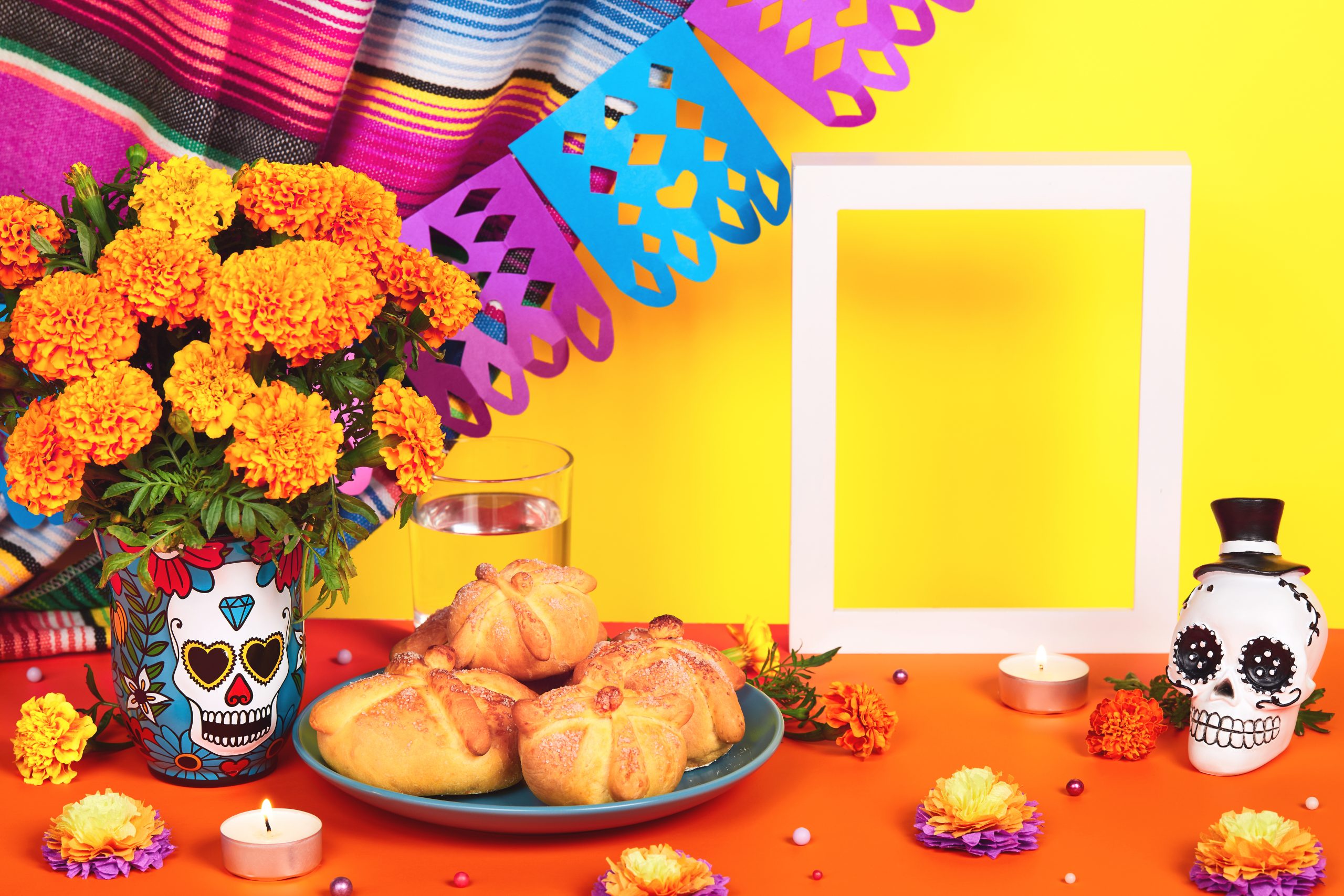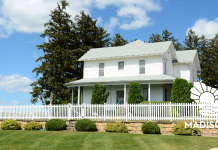When it comes to learning, there’s no better way than by doing. Teach children the meaning and significance behind Día de los Muertos by creating your own altar.

One thing I love about living in the U.S. is our diversity. Whether generations ago, or newly immigrated, many of our families have come from someplace else; and with that, we bring different cultures, ideas and, holidays to share and learn from one another.
While traditionally celebrated in Mexico and some other countries throughout Latin America, Día de los Muertos, or Day of the Dead, is an observation that can be made by anyone who would like to honor and remember family members or friends who are no longer with us. The altar, or ofrenda, serves as the centerpiece of the celebration which takes place on November 1 and 2 (recognized on the Catholic calendar as All Saints’ Day, and All Souls’ Day).
We had a chance to see, and feel how truly special this day is for so many people while we were living in Mexico during the pandemic. And now that my children understand not only what the holiday is, but also how to celebrate it, it has become one of our own family traditions.
You can make Día de los Muertos a family tradition of your own, but before you jump in, indulge in some age-appropriate media to acquaint yourselves with its significance. I can’t recommend the movie Coco enough for anyone five to 101-years-old. And for children with shorter attention spans, PBS’ Let’s Go Luna! does a fantastic job explaining the concept at a high level. Sit down and watch these with your kiddos so that you can pause together and talk about questions as they come up.
Of course, you can always substitute, or complement screen time with reading books as there are plenty to choose from. Once you’ve done the groundwork, you can start working on your altar!
How to Make a Kid-Friendly Altar:
1. Find photos of family members: You can go as far back in generations as you like. The important part is to use it as an opportunity to share interesting stories about each individual; and to teach your child about their own ancestry and heritage (making a family tree is a helpful way to visualize the connections). You can put the photos in picture frames or hang on photo clips, which may be the best bet for families with little ones.
2. Decorate! This is also a convenient time to teach some basic Spanish vocabulary. Think skulls/calaveras, flowers/flores, candles/velas (the flame doesn’t necessarily need to be real!), and papel picado, literally translated as, pierced paper. Focus on making papel picado one day, and drawing sugar skulls the next. The beauty of creating your altar is that you can do a little at a time and build upon it leading up to the big day.
3. Prepare the ofrenda: The ofrenda is meant to welcome the spirits of your loved ones back to the realm of the living and as such, consists of the items that were important to them. It could include cherished books, musical instruments, special jewelry; as well as favorite foods or drinks. Remember, this tradition is all about symbolism- tapping into your stock of “food” used for dramatic play meets the objective and keeps it practical for a household with children.
Between November 1 and 2, invite family or friends over for an intimate gathering and spend some time in front of the altar. This may be a time where a parent or grandparent says some special words, sings, or plays a song, addressed to the family members on the altar. This could also be a good time to sit down and enjoy some pan de muerto, or bread of the dead, together. (Contact La Concha Bakery in Madison to make an order ahead of time!)
While Día de los Muertos comes but once a year, I hope that the idea of celebrating the beauty of life is one that stays with you and your family all year long.












